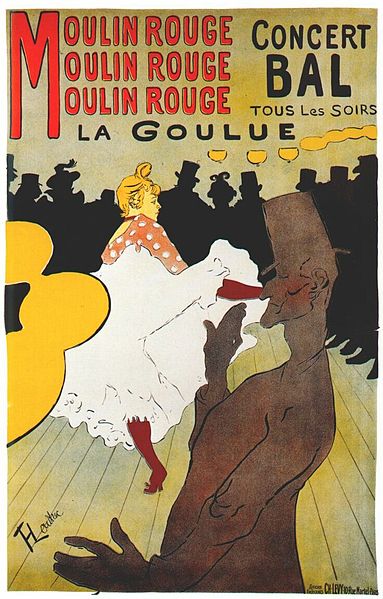 Getting people’s attention is nothing new, but the idea of harnessing the power and potential of mass-attention is credited to the British propaganda effort during the world wars. Since that moment garnering attention has become a precious resource for almost every commercial endeavor. According to author Tim Wu in his book The Attention Merchants, the first commercial enterprise to adopt attention harvestingas their primary business model was the New York Sun.
Getting people’s attention is nothing new, but the idea of harnessing the power and potential of mass-attention is credited to the British propaganda effort during the world wars. Since that moment garnering attention has become a precious resource for almost every commercial endeavor. According to author Tim Wu in his book The Attention Merchants, the first commercial enterprise to adopt attention harvestingas their primary business model was the New York Sun.The human brain is a magnificent organism that allows people to focus their attention on one thing and ignore another thing. Cognitive scientists call this controlled attention– everyone else calls it concentrating. Unfortunately, there is also something called automatic attention. While controlled attentionis the result of deliberate intent, automatic attentionis triggered by our base instincts, which feed on the shocking and outrageous. My wife and I call this a “car wreck” – no matter how hard you resist…you just have to take a look. However, a challenge to the attention seekers arises when something that was shocking last week is no longer shocking. This generates a race to the bottom as people go to greater and greater lengths to trigger our automatic attention.
